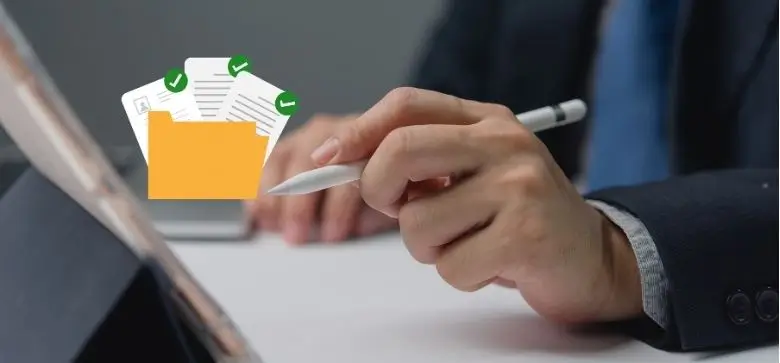
We have provided a comprehensive Pradhan Mantri Awas Yojana documents list below:
A duly registered job beneficiary card registered by MGNREGA Swachh Bharat (SBM) number of the applicant.
The copy of the identity proof must be self-attested. If a person is illiterate, a letter of consent must be obtained along with the thumbprint of the beneficiary.
The Pradhan Mantri Awas Yojana is divided into two main elements that increase the benefits of housing. The first is PMAY-U (or urban) and the other is PMAY-G (or Gramin/Rural).
PMAY-U extends subsidies via Credit Linked Subsidy Scheme (CLSS), while PMAY-G gives aid to assist the rural poor in buying or building pucca houses. People who have been applying for benefits under this scheme can check their beneficiary applications easily with the release of PMAY online lists and benefits accordingly.
On June 1st, 2015, the government launched Pradhan Mantri Awas Yojana to provide the urban poor with affordable housing. PMAY is a scheme by the Central Government with the mission of providing affordable housing for all income groups in urban areas from 2015 to 2022.
The objective of this social welfare system is to provide economic aid to the economically marginalized population and give them access to the providers of housing infrastructure.
The Central Government aims to provide not only permanent housing for all beneficiaries of this arrangement by 2022 but also additional facilities like power, LPG, and road links.
The Rural Development Minister examined the scheme in 2019 and recent studies show that a significant part of the Pradhan Mantri Gramin Awaas Yojana target was reached.
The beneficiary's annual household income must meet the criteria defined under different categories. To avail of PMAY benefits, the individual should fall under any one of these 4 categories:
Individuals falling under the categories listed above are eligible to use the PMAY subsidy system.
Additionally, individuals or families meeting the following conditions are also eligible:
Other Conditions Include:
The idea of PMAY is to provide affordable housing to the urban poor and rural people by the year 2022.
Finance Minister Nirmala Sitharaman announced the 2021 Union Budget where she suggested that affordable housing would be extended. She also announced a tax exemption on cost-effective rental projects.
As part of her budget speech, the Finance Minister also announced affordable migrant workers' housing. She also announced that Rs.1.5 lakh would be deducted additionally from all housing loans taken before March 31st, 2022.
Ms. Sitharaman also announced an extension of tax holidays for affordable housing projects to another year ending March 31st, 2022.
You can apply for PMAY in two ways:
You can check to see if your name is on the PMAY list by taking the following steps:
Disclaimer
The starting interest rate depends on factors such as credit history, financial obligations, specific lender's criteria and Terms and conditions. Moneyview is a digital lending platform; all loans are evaluated and disbursed by our lending partners, who are registered as Non-Banking Financial Companies or Banks with the Reserve Bank of India.
This article is for informational purposes only and does not constitute financial or legal advice. Always consult with your financial advisor for specific guidance.
Was this information useful?